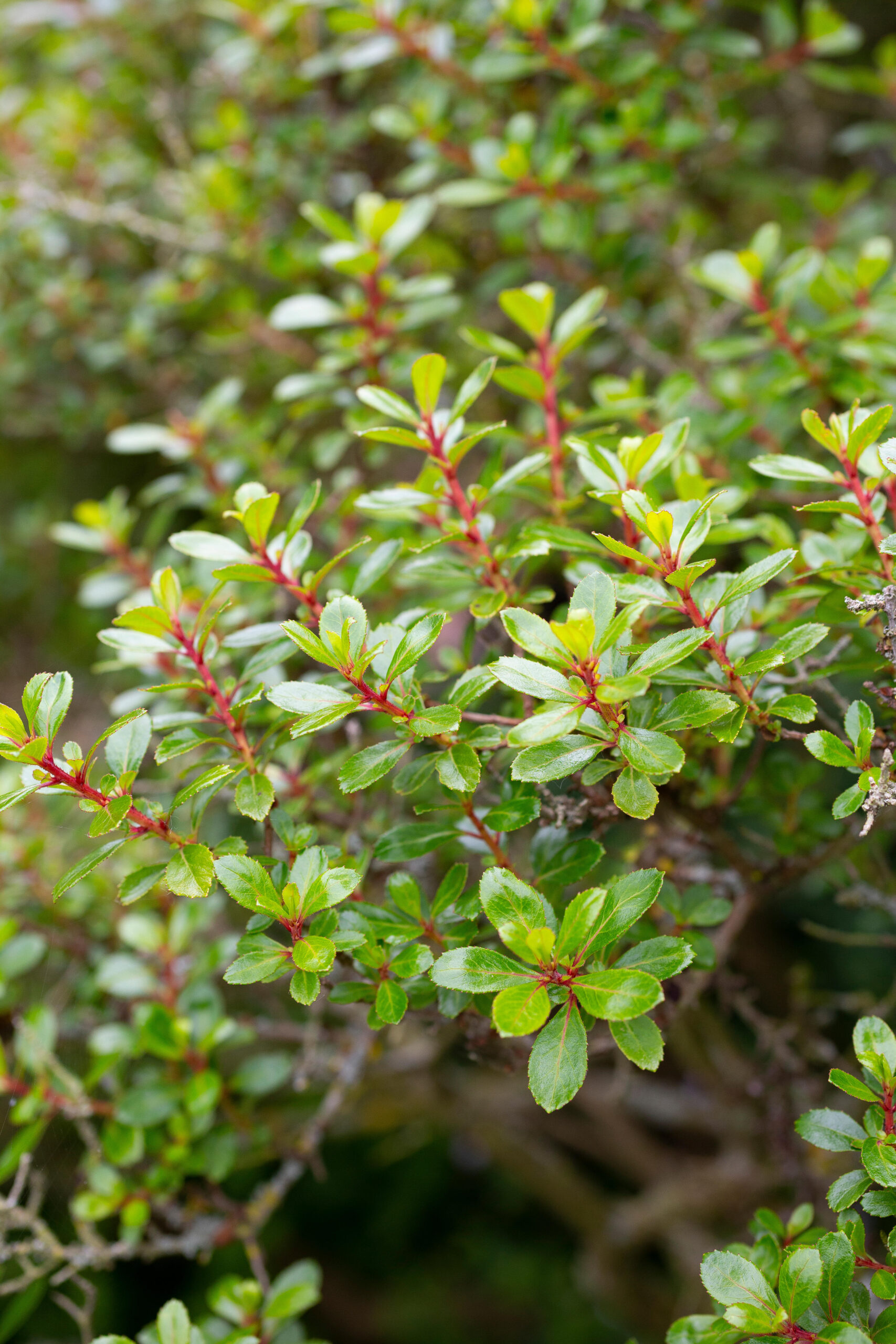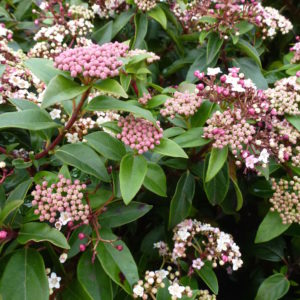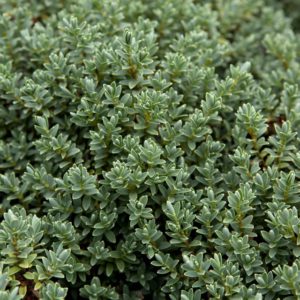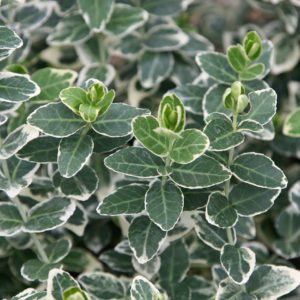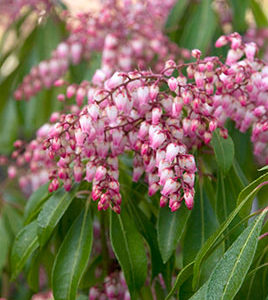Escallonia ‘red dream’
€25.00
Frequently Bought Together


Description
Escallonia ‘red dream’ (Escallonia)
Quick Facts
- Common Name: Escallonia, Chilean Gum Box
- Botanical Name: Escallonia red dream
- Plant Type: Evergreen shrub
- Mature Height: 1.5-3m
- Mature Spread: 1.5-2.5m
- Flowering Period: June-October
- Flower Colour: Red tubular flowers in dense clusters
- Foliage: Small, glossy, dark green leaves with serrated edges
- Hardiness: RHS H4 (hardy in most of UK and Ireland, may need protection in cold areas)
- Soil Requirements: Well-drained, fertile soil, tolerates poor soils
- Aspect: Full sun to partial shade
- Maintenance: Low to moderate
Description
Like a cascade of jewelled confetti dancing in the coastal breeze, Escallonia red dream bring months of continuous colour to Irish gardens with their profusion of delicate tubular flowers that seem to shimmer against glossy evergreen foliage. These resilient shrubs transform ordinary borders into vibrant displays, where clouds of red blooms create a cottage garden romance that extends from early summer well into autumn’s embrace.
The plant’s dense, bushy habit creates excellent structure in the garden, with small, serrated leaves that catch the light beautifully and provide year-round interest even when flowering has finished. Each flower cluster bursts with tiny tubular blooms that attract butterflies and bees, creating a living tapestry of movement and sound that brings gardens to life throughout the growing season.
Originally hailing from the coastal regions of Chile and Argentina, these adaptable hybrids have found a perfect home in Ireland’s temperate maritime climate, particularly thriving in coastal gardens where they demonstrate remarkable salt tolerance. Their evergreen nature makes them invaluable for providing winter structure, whilst their extended flowering period ensures garden colour when many other shrubs have finished their display.
In Irish garden design, Escallonia red dream excel as informal hedging, mixed border plants, or specimen shrubs, pairing beautifully with lavender, rosemary, and other Mediterranean plants. They create stunning contrasts with silver-leaved artemisia, complement the blues of ceanothus, and provide perfect backdrop planting for herbaceous perennials in cottage-style gardens.
Caragh Garden Notebook
Plant in spring or early autumn, spacing 1.2-1.5m apart for hedging or allowing full spread for specimen planting. Prepare soil by incorporating well-rotted compost, though Escallonia tolerates poor soils once established. In Ireland’s wetter regions, ensure good drainage by adding grit to heavy clay soils or consider raised planting.
Thrives in pH 6.0-7.5 and performs best in full sun, though tolerates partial shade with reduced flowering. Choose a position sheltered from cold winds, particularly in inland areas. Coastal locations are ideal, as the plant shows excellent salt tolerance and wind resistance.
Deadhead spent flower clusters regularly to encourage continuous blooming throughout the season. Prune lightly after flowering, removing about one-third of the oldest stems to maintain shape and encourage fresh growth. Avoid hard pruning as this can reduce flowering potential for the following year.
For hedging, trim 2-3 times during the growing season, with the final cut in late summer to allow new growth to harden before winter. In colder areas of Ireland, provide winter protection with fleece or position against a south-facing wall for additional warmth.
Established plants are remarkably drought-tolerant, making them excellent choices for low-maintenance gardens. Mulch around the base in spring with organic matter to retain moisture and suppress weeds, particularly important for newly planted specimens during their first growing season.

